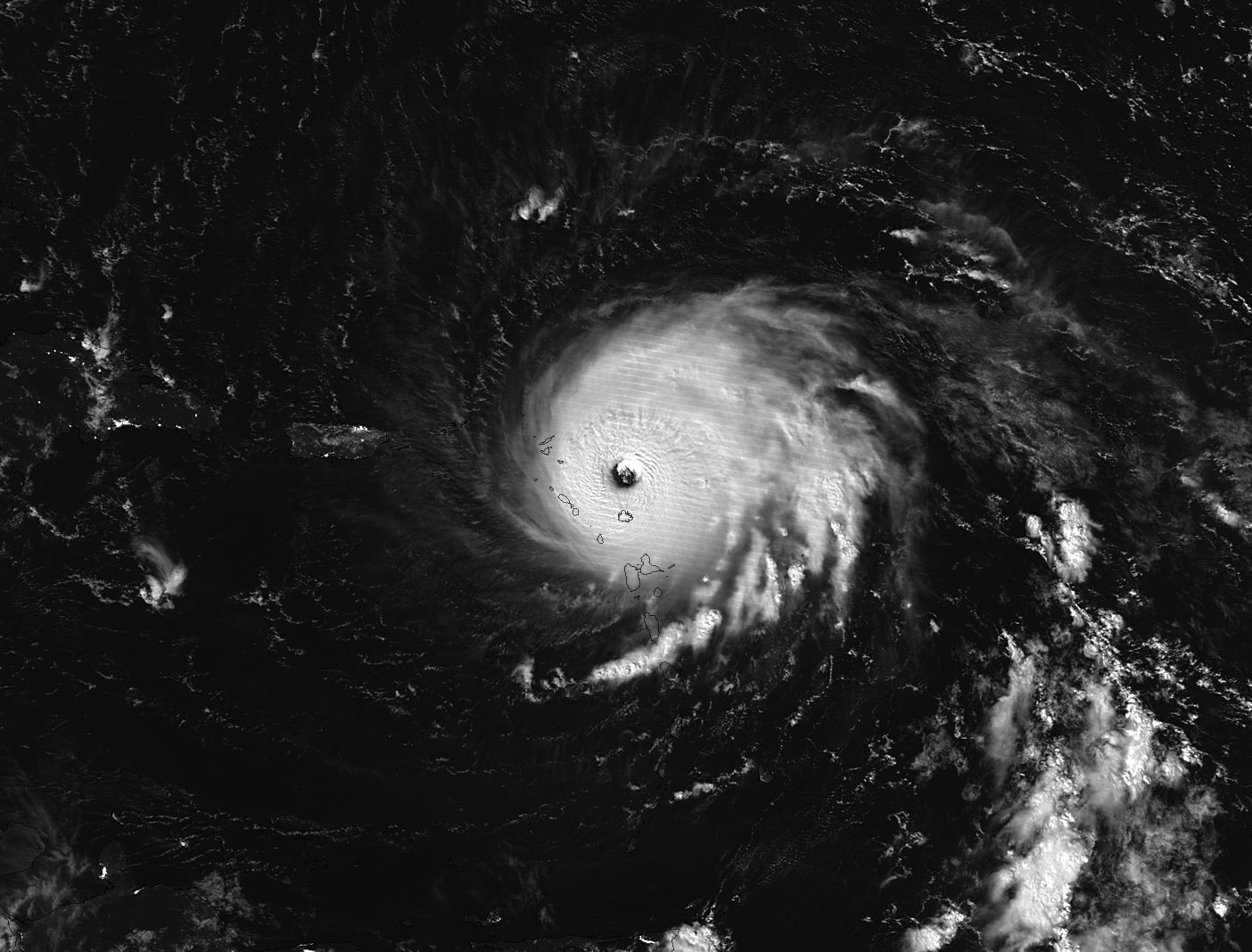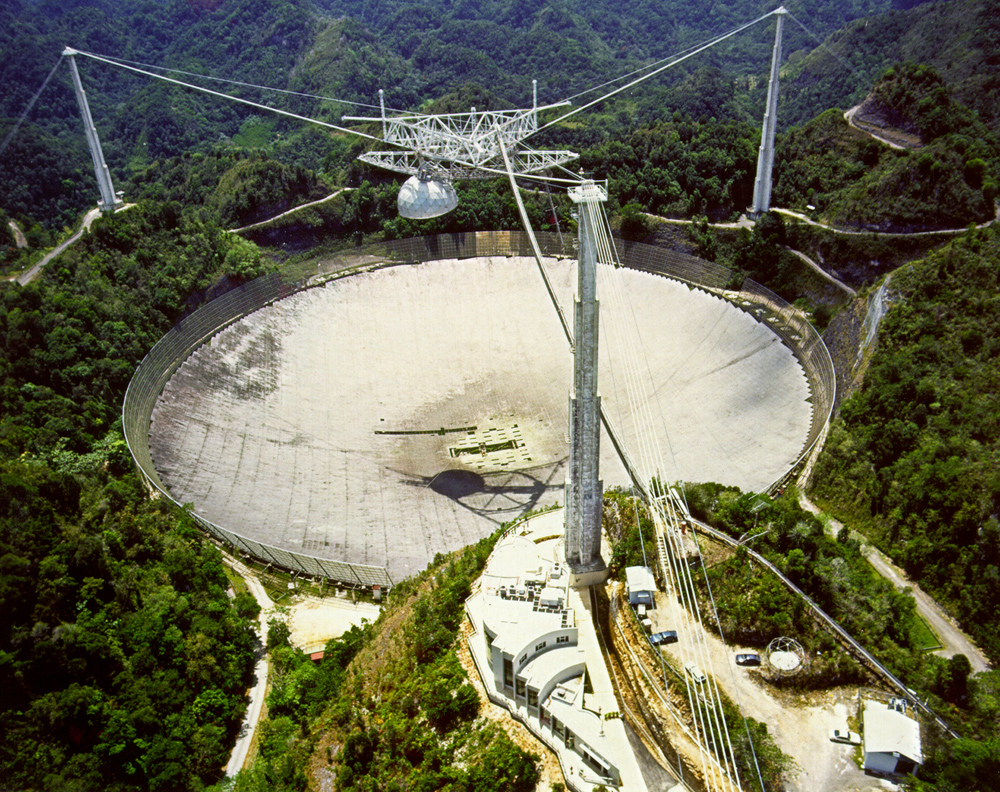
The world's second-largest radio telescope has apparently weathered the storm.
The Arecibo Observatory in Puerto Rico is still standing, and still seemingly intact, despite experiencing the wrath of powerful Hurricane Irma, which battered the island last night (Sept. 6).
"Preliminary inspections of our facilities show no damages. We will continue inspections, and we'll keep the public informed," Arecibo representatives wrote today (Sept. 7) via the observatory's Twitter account, @NAICobservatory. [Hurricane Irma in Photos: Satellite Views]
Arecibo, which features a 1,000-foot-wide (305 meters) radio dish, closed earlier this week to prepare for Irma, one of the most powerful Atlantic Ocean storms ever recorded. The Category 5 hurricane is expected to take a northward turn soon, and it could slam into Florida this weekend, forecasters say.
Arecibo will remain closed until it's safe to resume operations, observatory representatives have said.
Things could have been worse for Arecibo, and the rest of Puerto Rico. Though Hurricane Irma pounded the island with strong winds and heavy rains, it was a glancing blow; the storm's eye, around which the fastest winds of a hurricane swirl, passed north of Puerto Rico.

Arecibo came online in 1963. Since then, astronomers have used the observatory for a variety of purposes, from imaging asteroids to mapping water ice on Mercury to searching for possible signals from intelligent extraterrestrials. In 1974, scientists famously used Arecibo's dish to beam a message toward the globular cluster Messier 13 in an attempt to communicate with any aliens who might reside there.
Breaking space news, the latest updates on rocket launches, skywatching events and more!
Arecibo was the largest single radio dish in the world for more than half a century, until China's Five-hundred meter Aperture Spherical Telescope (FAST) became operational last year.
The Arecibo Observatory is a U.S. National Science Foundation facility. It's operated by SRI International, the Universities Space Research Association and Puerto Rico's Metropolitan University.
Follow Mike Wall on Twitter @michaeldwall and Google+. Follow us @Spacedotcom, Facebook or Google+. Originally published on Space.com.
Join our Space Forums to keep talking space on the latest missions, night sky and more! And if you have a news tip, correction or comment, let us know at: community@space.com.

Michael Wall is a Senior Space Writer with Space.com and joined the team in 2010. He primarily covers exoplanets, spaceflight and military space, but has been known to dabble in the space art beat. His book about the search for alien life, "Out There," was published on Nov. 13, 2018. Before becoming a science writer, Michael worked as a herpetologist and wildlife biologist. He has a Ph.D. in evolutionary biology from the University of Sydney, Australia, a bachelor's degree from the University of Arizona, and a graduate certificate in science writing from the University of California, Santa Cruz. To find out what his latest project is, you can follow Michael on Twitter.
